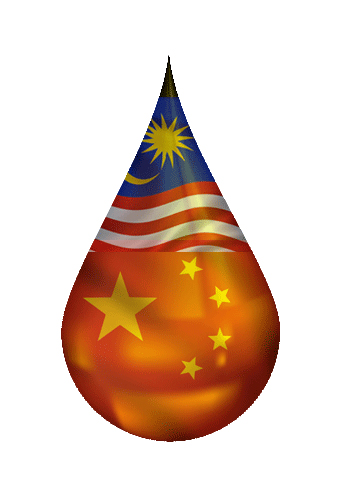Accounting for 40% of the global market, Asia-Pacific is the leading region for finished lubricant demand. Emphasis on fuel economy and a modern vehicle parc will drive the use of synthetics and other lighter viscosity grade lubricants for passenger car motor oil (PCMO) in the region. Capitalizing on this shift, China and Malaysia are integral to the strong performance of finished lubricants in the Asia-Pacific region, capturing about 45% of regional demand, according to the soon-to-be-published Global Lubricants: Market Analysis and Assessment report by global market research and management consulting firm, Kline.
In China, synthetic oils have grown at more than 10% annually since 2013. Mobil 1 from ExxonMobil is the best-known full synthetic product in China, and similar products from Shell and BP products are also very popular.
In Malaysia, the consumption of both semi-synthetic and full synthetic PCMOs continues to grow during 2014, capturing an almost 40% market share. Semi-synthetics are more popular than full synthetic lubricants, accounting for about 30% of the PCMO segment.
Most consumers in Malaysia follow the guidelines of OEMs, who recommend multigrade products. The two major viscosity grades in the market are 20W and 15W, followed by 10W. While demand for 5W is low due to the hot climate and the high price, its share is forecast to increase, as consumers are gradually moving to lower viscosities.
PCMO holds a market share of about 68% in the Malaysian consumer lubricant segment. The overall production of passenger cars in 2014 has increased, but factory-fill lubricants capture less than 10% of the total market. This is because out-of-warranty vehicles tend to extend their oil drain intervals due to the increasing costs.
Consumption of consumer automotive lubricants in China is split between PCMO and 2T/4T, together with a small quantity of other lubricants, including ATF, gear oil, and grease. Moreover, consumers are increasingly purchasing motor oil online and using a local repair shop to make the oil change for them. The online distribution channel in China is therefore expected to play a vital role in establishing an online presence for lubricant suppliers across the region.
According to Amanda Chen, senior consultant in Kline’s Energy practice, “Sales through the online channel have grown rapidly in recent years: at least 20% to 30% a year, and even up to 100% for some brands. Companies sell primarily API SM and above service category online, and are currently using the platform as a new channel for brand and product marketing, rather than just for selling products.”
“Even when consumers do not buy their lubricants online, they are likely to first search for certain products in major online shopping websites, which include Tmall, JD.com, and Amazon.cn. Online purchase is a key component of Chinese consumer behavior, and companies would be remiss to miss out on taking advantage of this growing trend,” adds Chen.
The performance of the online channel in Malaysia is very different from China. According to Kathy Yuan, analyst at Kline’s Energy practice, “Online sales are slow in Malaysia. Consumers do not like to perform their own oil changes, and instead, entrust independent workshops to conduct the oil change for them. In recent years, some lubricant suppliers have launched their own applications, which allow consumers to locate nearby workshops and provide sales incentives.”
The Asia-Pacific countries examined by the upcoming Global Lubricants: Market Analysis and Assessment report include China, India, Vietnam, Malaysia, the Philippines, and Thailand. Driven by a growing vehicle parc, which often includes luxury vehicles, many of these countries are considered the rising stars in the global lubricant consumption market, with a forecast compound annual growth of about 3% on average for the next five years.

